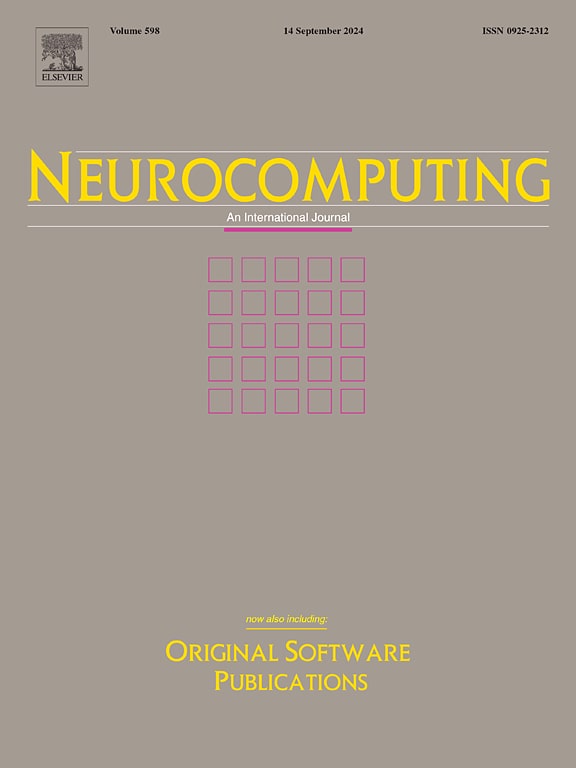
Status-based Optimization: Algorithm and comprehensive performance analysis
Jian Wang, Yi Chen, Chenglang Lu, Ali Asghar Heidari, Zongda Wu, Huiling Chen
Neurocomputing
DOI, 2025

Jian Wang, Yi Chen, Chenglang Lu, Ali Asghar Heidari, Zongda Wu, Huiling Chen
Neurocomputing
DOI, 2025
Algorithm Design: "Status-based Optimization (SBO) models human social status advancement behaviors to achieve effective optimization through a balance of elite engagement and resource acquisition strategies."
We are excited to present the Status-based Optimization (SBO) algorithm and invite you to explore its performance.
Abstract: In recent years, real-world optimization problems have grown increasingly complex, challenging the effectiveness of traditional deterministic approaches. This paper introduces the Status-based Optimization (SBO), an efficient algorithm inspired by human desire for status advancement. By emulating the process through which individuals seek proximity to and subsequently learn from or acquire resources from high-status figures, SBO translates these social patterns into a robust computational method for addressing challenging optimization tasks. Its strength is validated through comprehensive comparative analyses against various meta-heuristic algorithms—including those based on human behaviors, classical methods, and state-of-the-art techniques—across problem dimensions of 10, 30, 50, and 100 as defined by the IEEE CEC 2017 test suite. Moreover, SBO demonstrates superior performance in feature selection by identifying fewer but more relevant features compared to 8 established binary optimizers in experiments involving 9 high-dimensional datasets. The algorithm's adaptability is further demonstrated in a multi-threshold image segmentation application at 3 threshold levels. SBO was benchmarked against 7 advanced meta-heuristic methods to segment 9 breast cancer histology images, successfully identifying optimal threshold values to enhance image clarity and segmentation accuracy. These promising results underscore the potential of SBO for future research and practical applications in a wide array of optimization scenarios.
Status-based Optimization (SBO): This innovative meta-heuristic algorithm is inspired by human social status advancement behaviors. By modeling elite engagement and resource acquisition phases, SBO efficiently solves complex problems by dynamically balancing exploration and exploitation.
Conceptual Foundation: The essence of SBO lies in simulating human status-seeking behaviors in social hierarchies. Individuals seeking advancement first identify high-status mentors (elite solutions), then acquire valuable resources (knowledge transfer), and finally integrate strategic improvements (solution refinement). This approach leads to efficient optimization strategies.
Algorithm Structure: The SBO algorithm consists of distinct phases:
Initialization: The population is randomly distributed, representing individuals with varying social statuses in the solution space.
Elite Engagement: Agents identify and move toward high-performing solutions ("mentors") to discover promising regions.
Resource Acquisition: Agents gain valuable information (social capital) from elite solutions through knowledge transfer.
Strategic Integration: Agents critically evaluate and adopt only the most beneficial improvements to enhance their status (solution quality).
Consolidation: The process culminates by delivering an optimal solution representing the pinnacle of status achievement.
Status Index: A dynamic status index governs the balance between exploration (seeking new mentors) and exploitation (learning from current mentors), ensuring efficient convergence.
Elite Pool: The top-performing solutions are maintained in an elite pool, guiding the population towards high-quality solutions while maintaining diversity.
The SBO algorithm balances exploration and exploitation through a dynamic, status-driven framework, offering a novel way to solve complex real-world problems by mimicking human social advancement behaviors.